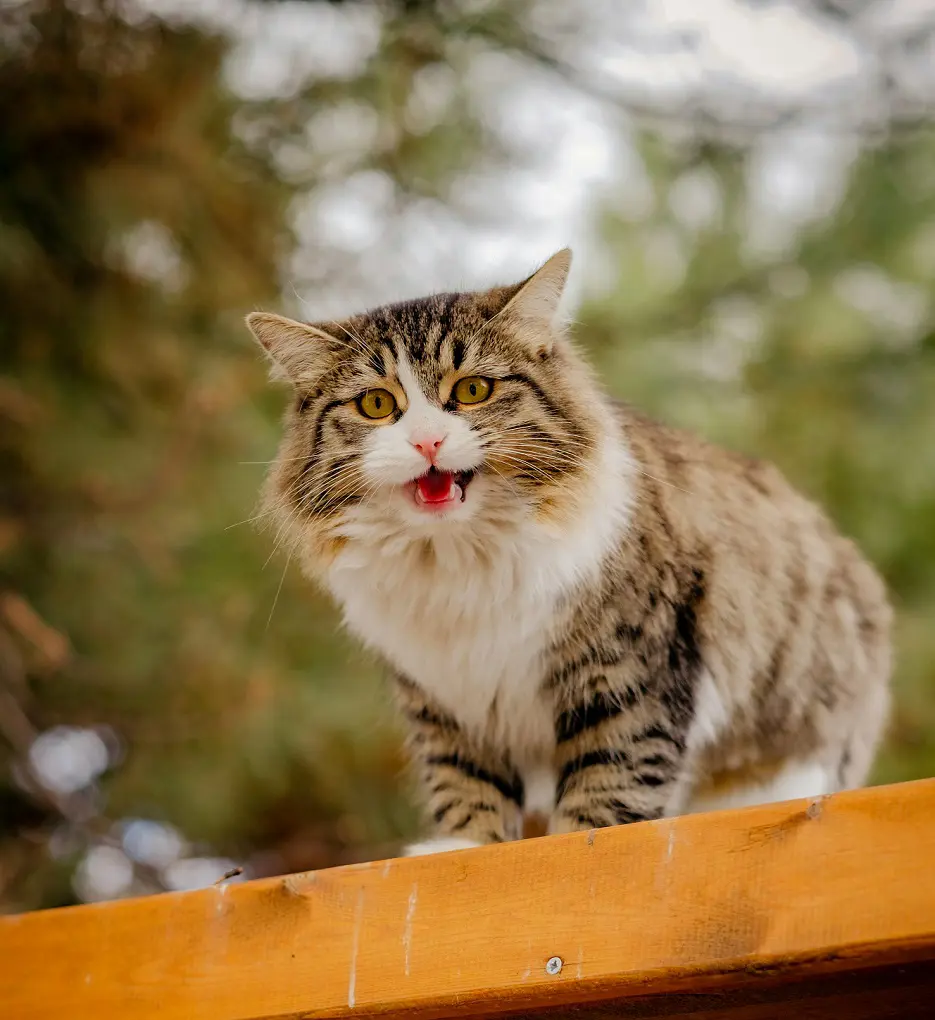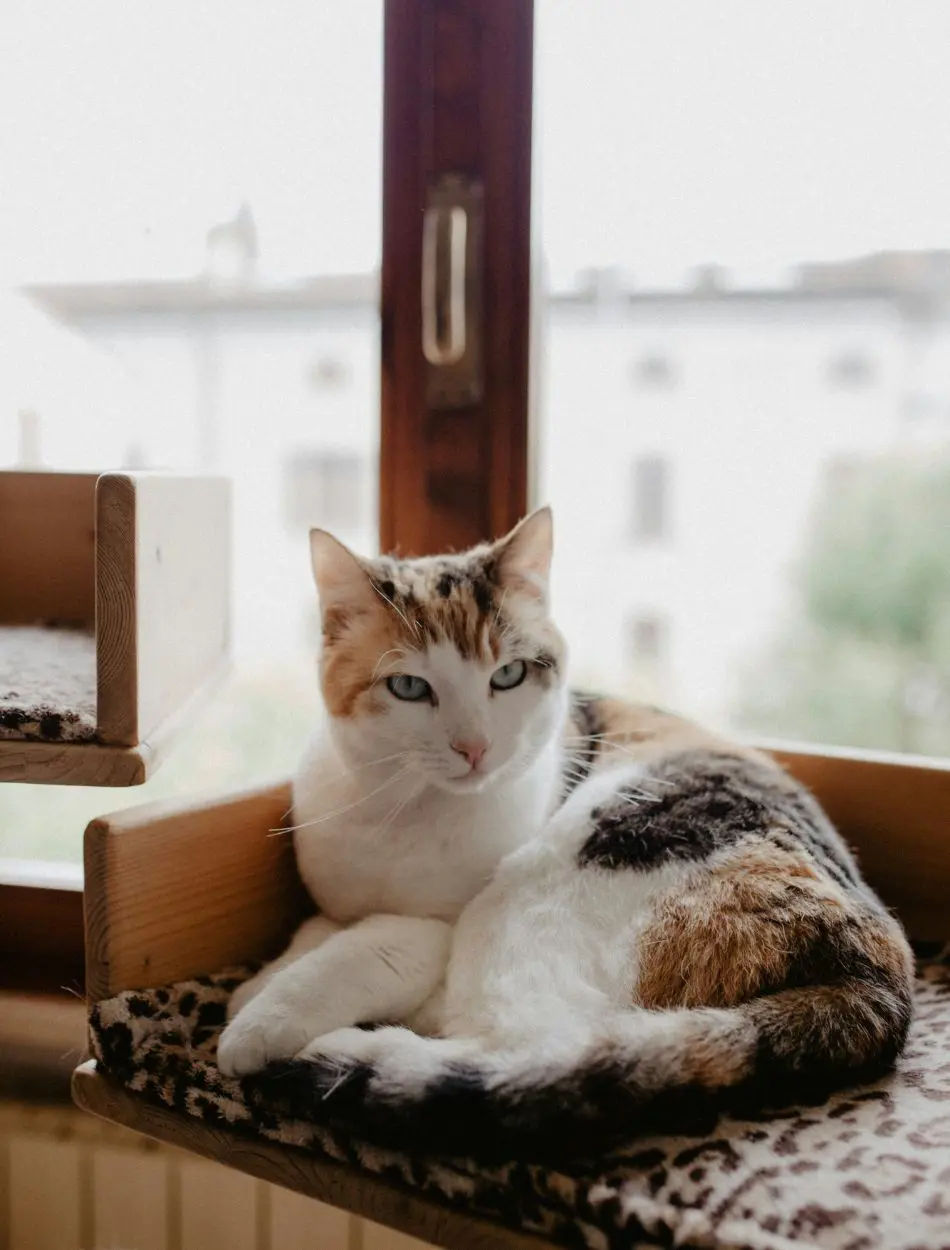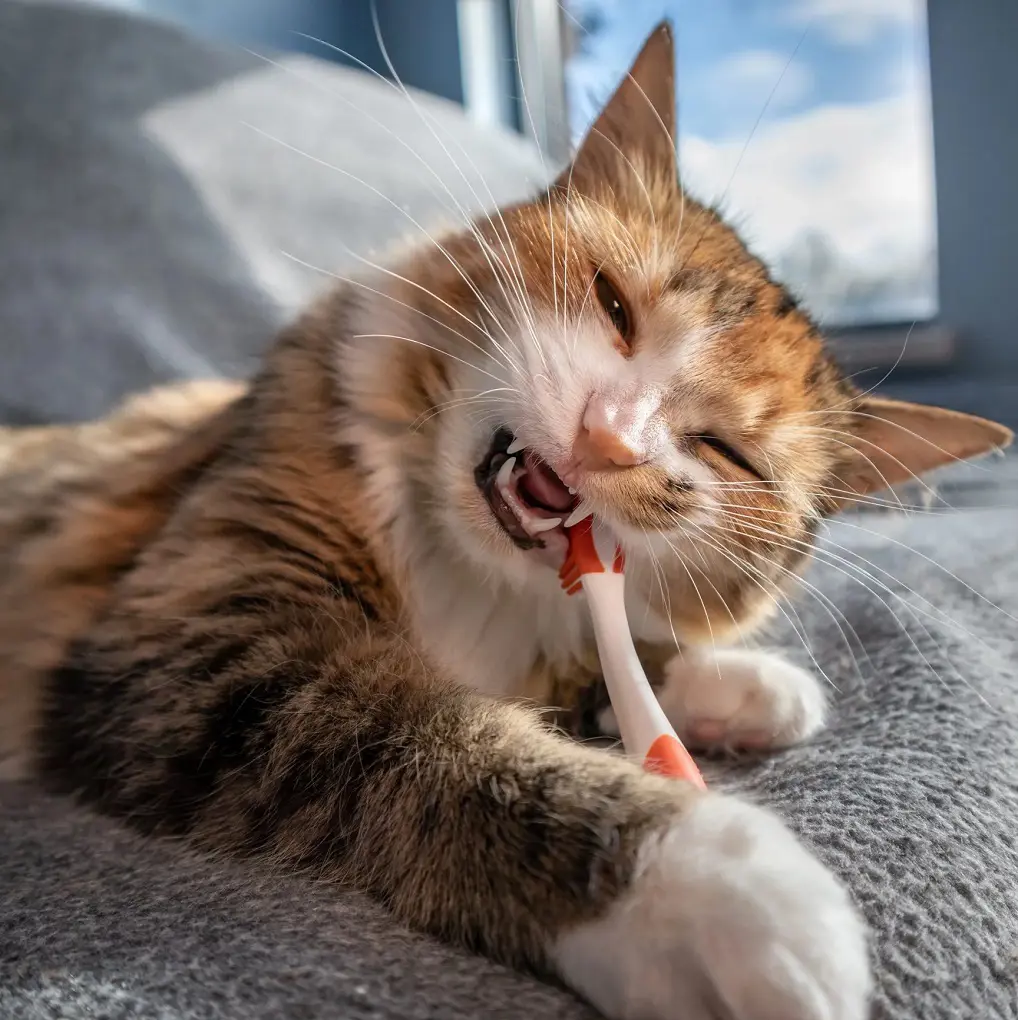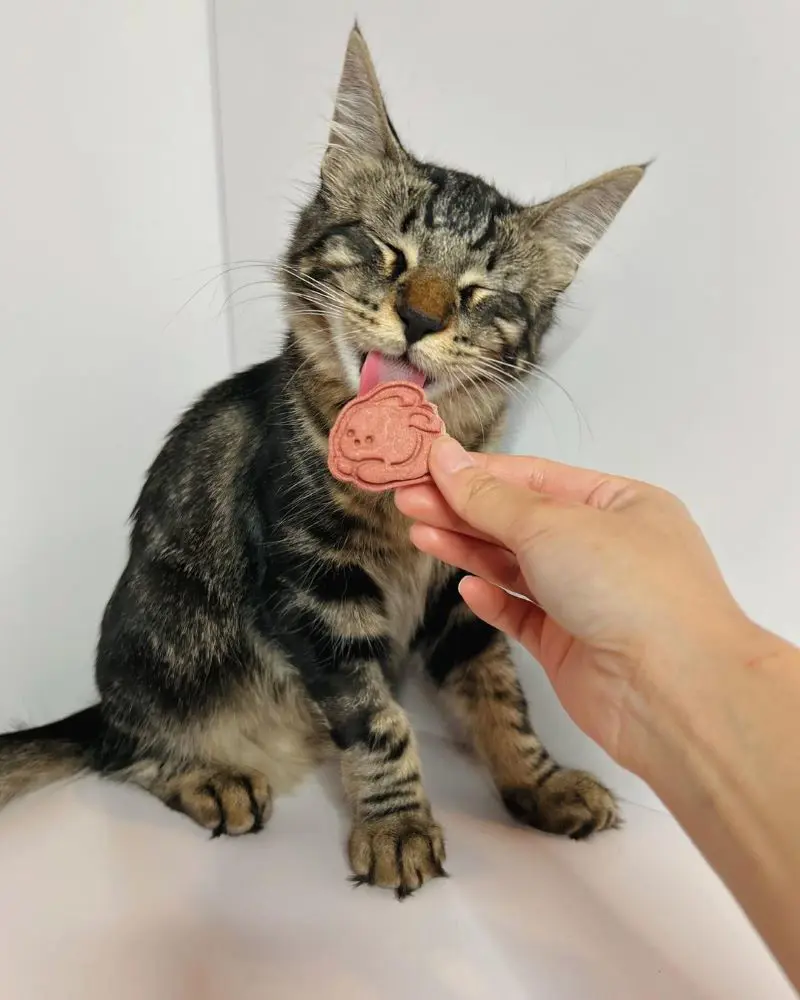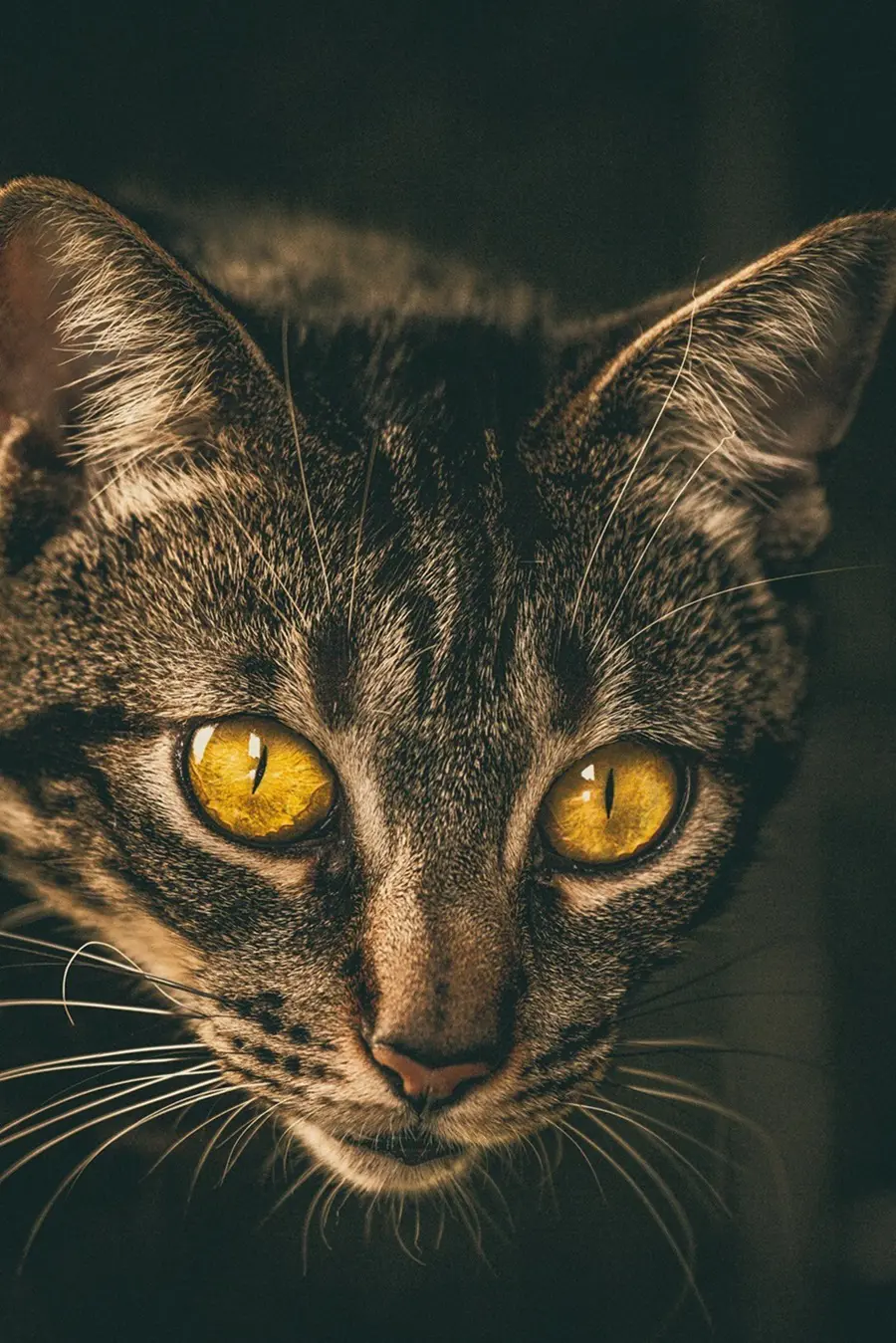Why Is My Cat Drinking A Lot Of Water?
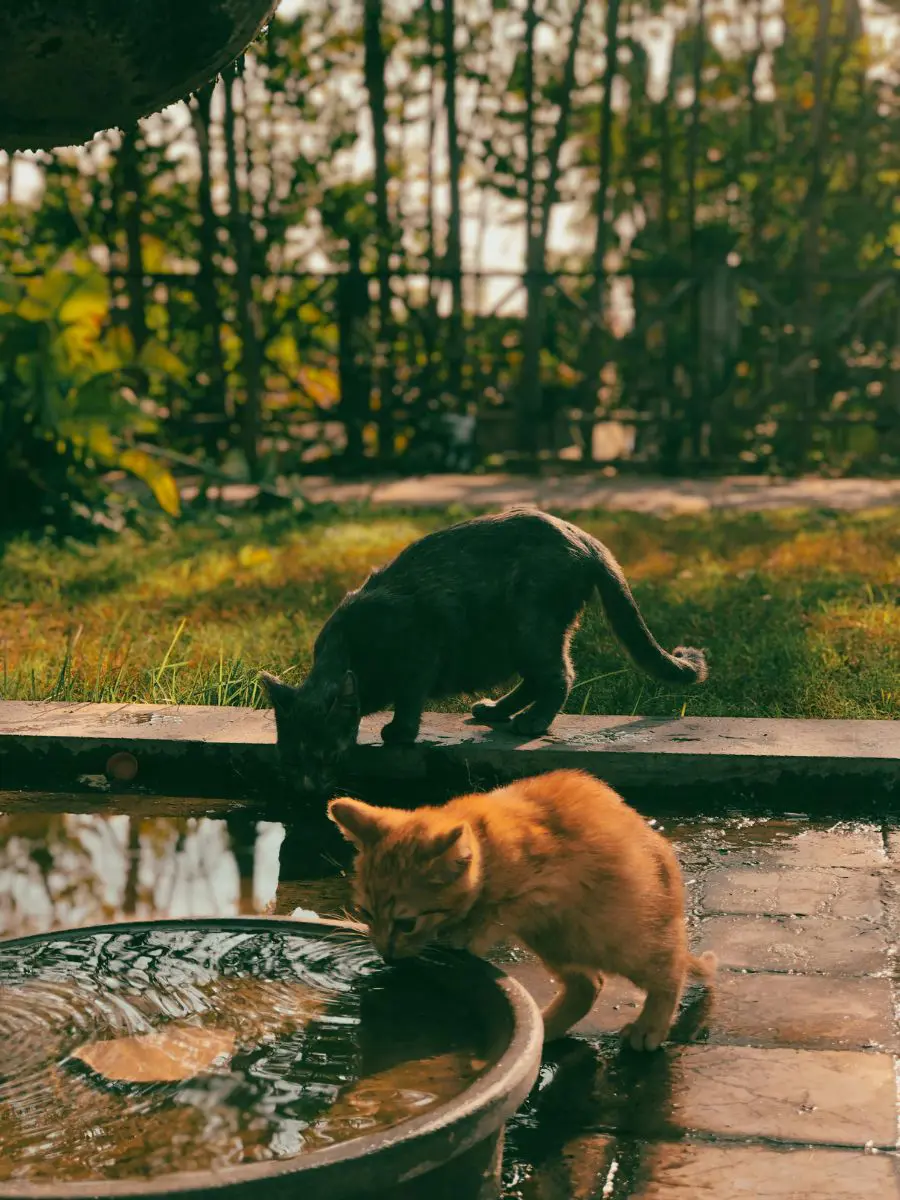
Noticing your cat drinking a lot more water than usual can be both surprising and concerning for any pet owner. Cats are typically known for their low water consumption, so a significant increase in their drinking habits often stands out.
For the most part, an increased water intake is perfectly harmless. Of course, water intake isn’t dangerous in itself. Some cats love a cool, refreshing drink and that’s why they will be attracted to the bowl filled with fresh water.
Your cat might be drinking an excessive amount of water for several reasons, some of which may require veterinary attention. It's important to monitor all symptoms so that your vet can diagnose their underlying issues.
How Much Water Should Cats Drink Daily?
Ensuring that cats drink enough water is crucial for their overall health, but determining the exact amount they need can be a bit nuanced. Unlike dogs, cats have a lower thirst drive and are more prone to dehydration, which can lead to various health issues.
While you may have a hunch that your cat is drinking too much water, it’s better to be sure. First of all, weigh your cat. Second, measure your cat’s average daily water intake by checking how much liquid is in its bowl at the start and end of the day.
A general guideline is that cats should drink approximately 3.5-4.5 ounces of water per 5 pounds of body weight per day. However, this is a general estimate and individual needs can vary based on several factors.
Factors That Affects How Much Cat Drinks
Several elements impact how much water a cat drinks, and understanding these can help assure a cat remains hydrated and healthy. Individual behavioral features can also affect how much a cat drinks as some cats have a naturally higher thirst drive, while others may be less willing to drink.
Cats' age and activity levels also play roles in their water utilization, as kittens and young, active cats might drink more water due to their higher energy payout, but older cats, especially those with lower activity levels, may drink less.
In conclusion, a cat’s water intake is influenced by a connection of diet, health conditions, age, activity level, environmental factors, water quality, individual behavior, and changes in routine. Understanding and directing these factors can help ensure your feline friend remains well-hydrated and healthy.
How To Track How Much Water Your Cat Is Drinking
Before you can track your cat’s water intake precisely, you need to begin what’s normal for your pet. Observe how much water your cat usually drinks in a day note any contrast and consider factors such as diet, age, and health conditions, which can affect water consumption.
Continuing to begin helps you identify significant changes in drinking patterns. Place a measured amount of water in your cat’s bowl at the start of the day and the end of the day, measure the remaining water. Subtracting the remaining amount from the starting amount gives you a clear picture of how much water your cat drank. If you have multiple water bowls, place them in different areas of your home and keep track of each bowl's water level. Ensure you record the amount of water in each bowl at different times of the day to get a diverse view of your cat’s total water intake.
Maintaining a water intake log can help you track changes over time. Create a simple chart or use a notebook to record daily water consumption note any differences and relate them to any changes in diet, environment, or health status. Always ensure that your cat has access to fresh, clean water, try to regularly clean water bowls to prevent pollutants and refill them with fresh water.
Reasons For Cat Drinking So Much Water
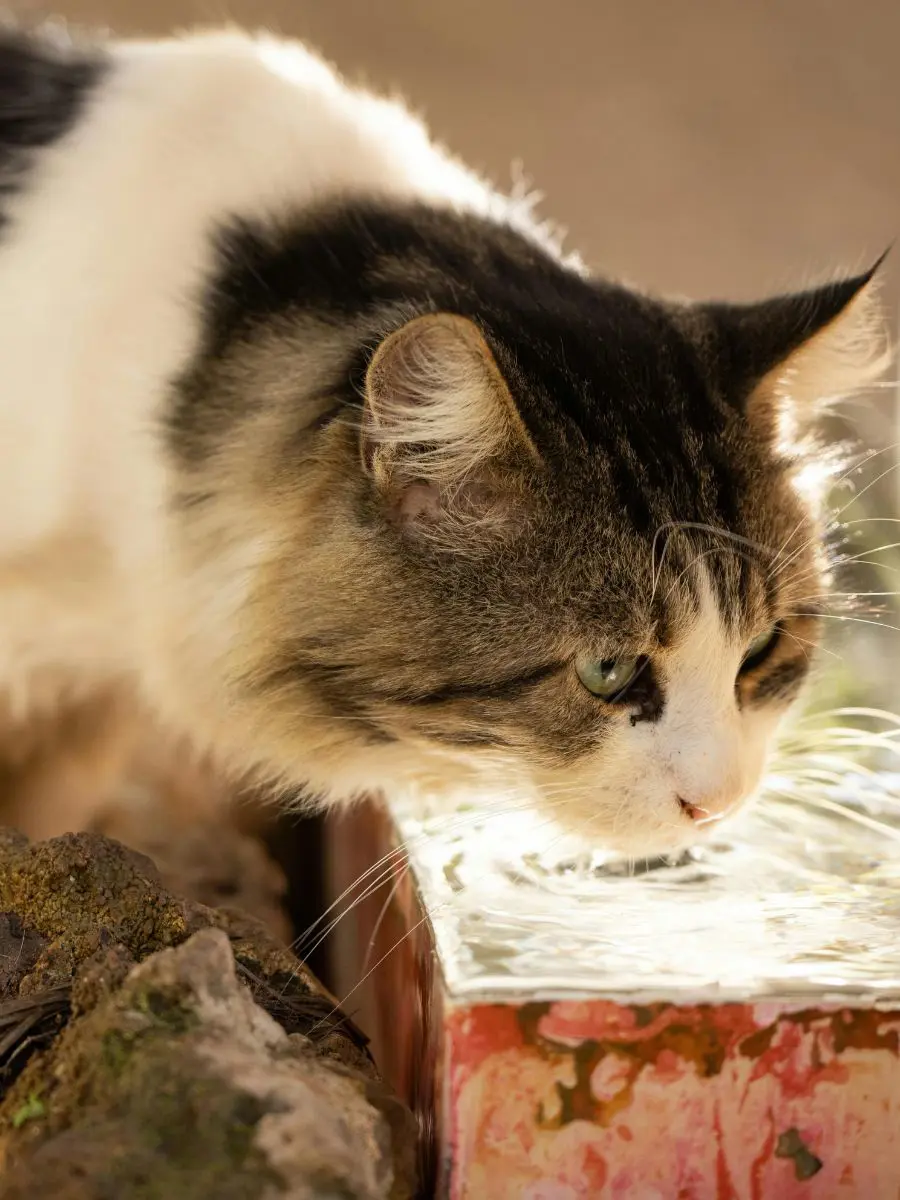
If your cat is drinking considerably more water than usual, it can be concerning and may indicate a basic health issue. While increased water consumption can sometimes be a normal inequality, purposeful uncontrolled drinking often signals health problems that need observation. There might be several health conditions that can cause a cat to drink more water than usual:
Diabetes Mellitus
High blood sugar is a common condition in cats where the body either doesn't produce sufficient hormones or can't use it effectively. This leads to high blood glucose levels, which in turn causes increased thirst and urination as the body tries to flush out excess sugar. Other symptoms of diabetes in cats include weight loss, increased desire, and laziness. If you're guessing diabetes, a visit to the vet for blood tests and a urine analysis is essential for discovery and management.
Kidney Disease
Chronic kidney disease (CKD) is another condition that can guide to uncontrolled dryness and further the kidneys lose their potential to filter waste successfully, causing poison to build up in the blood. This can lead to increased thirst and excrete as the body attempts to remove these toxins. Cats with CKD might also show symptoms such as weight loss, decreased taste, and vomiting. Regular veterinary check-ups, blood work, and urine tests are crucial for managing kidney disease.
Hyperthyroidism
Hyperthyreosis is a condition where the thyroid gland produces too much endocrine isuline. This excess hormone increases digestion and can lead to signs such as increased thirst, weight loss, increased appetite, and hectic. It is often identified through blood tests that measure thyroid hormone levels. Treatment options include medication, surgery, or radioactive iodine therapy.Urinary Tract Infections (UTIs)
UTIs and other urinary tract issues can cause a cat to drink more water in an attempt to flush out the infection. Other signs of a UTI include frequent urination, straining to urinate, or blood in the urine. Cats with UTIs may be restless and uncomfortable. If you see these signs, take your cat to a vet right away, especially if he’s a male, as this may be a medical emergency. A veterinarian can diagnose a UTI through a urine sample and prescribe appropriate treatment, which usually involves antibiotics.
Medications Side Effects
Certain medications can cause increased thirst as a side effect. If your cat is on medication, check with your veterinarian to see if increased water consumption is a known side effect. Sometimes, balancing the dosage or changing medications can reduce this issue. Changes in water intake caused by a medication should go away as soon as your pet is off the medication, such as due to kidney disease, diabetes, or Cushing’s disease.instructed by your veterinarian.
Do Cat Drinks More In Hot Weather?
As the mercury rises and summer heat sets in, it's not only humans who feel the impact. Our feline friends can also experience the effects of hot weather, which can influence their hydration needs and overall well-being.
If you're a cat owner wondering whether your pet drinks more water in hot weather, you're not alone. Understanding how temperature affects a cat’s water intake can help ensure they remain healthy and hydrated throughout the year. Just like humans, cats can become dehydrated when exposed to hot temperatures. While cats are generally quite expert at managing their hydration levels, extreme heat can challenge their natural mechanisms.
It’s crucial to observe your cat for signs of thirst, as healthy cat gums are moist, slippery, dry and sticky gums can be a sign of dryness. Gently pinch the skin on the back of your cat's neck, if it takes longer than a second to return to its normal position, this could indicate thirst .Dehydrated cats often have dull, sunken eyes.
When To Visit The Vet?
If you notice an unexpected or notable increase in your cat’s water utilization, it’s important to seek veterinary advice. A sudden change in thirst can be a red flag for underlying health issues that require induced observation. Pay attention to the amount of water your cat is drinking and any lead symptoms.
If excessive thirst is accompanied by other symptoms, it’s crucial to visit the vet. Frequent vomiting along with excessive thirst may indicate a gastrointestinal issue or kidney problems. If your cat’s thirst persists despite dietary changes, such as switching to wet food or providing fresh water sources, a veterinary visit is warranted. Persistent thirst can be a sign of systemic issues that require medical evaluation.
Any serious behavioral changes accompanying unrestricted thirst, such as increased aggression, hiding, or withdrawal, should be valued by a vet. Changes in behavior can be signifying pain or aches caused by an underlying health issue
Treatment And Remedies
When a cat drinks excessively, it’s essential to identify and address the underlying cause. Excessive thirst, or polydipsia, can be a symptom of several medical conditions, each requiring a different approach to treatment. Treating excessive thirst in cats requires a thorough understanding of the underlying cause
Chronic kidney disease damages the kidneys' ability to filter waste products, leading to increased thirst. A complex diet for CKD is crucial to managing the condition. These diets are typically low in phosphorus and protein but high in omega-3 fatty acids. They help reduce kidney workload and manage symptoms. Your vet will recommend a specific diet and feeding plan based on your cat’s stage of CKD.
Hyperthyroidism is typically treated with medications that reduce thyroid hormone production. Medication can be directed orally or as a transdermal gel applied to the skin. Regular monitoring of thyroid hormone levels is necessary to adjust the dosage and ensure effective treatment.
UTIs are typically treated with antibiotics based on the type of bacteria identified in urine culture. Your veterinarian will prescribe a specific antibiotic and recommend a course of treatment, usually lasting 7 to 14 days. It’s important to complete the entire course of antibiotics to ensure the infection is fully resolved. If a UTI causes discomfort or pain, your vet may prescribe pain relief medications to alleviate symptoms.
Regular veterinary check-ups are necessary to monitor your cat’s response to treatment, including blood glucose levels and overall health. Adjustments to insulin dosage or diet may be needed based on follow-up results.
How Much Water Is In Cat Food?
The water content in cat food varies significantly depending on the type of food you provide. Understanding the water content in your cat’s diet is crucial for ensuring they stay well-hydrated, which is essential for their overall health.
Here’s a detailed breakdown of the water content for different types of cat food and what it means for your feline’s hydration.
Wet cat food, also known as canned food, is known for its high moisture content. Typically, wet cat food contains approximately 70% to 85% water. This high moisture level can help increase your cat’s overall fluid intake, which is especially beneficial for cats that do not drink much water on their own.
Dry cat food, also known as kibble, has a much lower water content compared to wet food. It usually contains about 5% to 10% moisture. Because of this low moisture level, dry food does not contribute much to a cat’s daily water intake.
Semi-moist cat food, which is less common but still available, generally contains about 25% to 30% water. This type of food is often used as a treat or supplement rather than a main diet.
Top Lists

